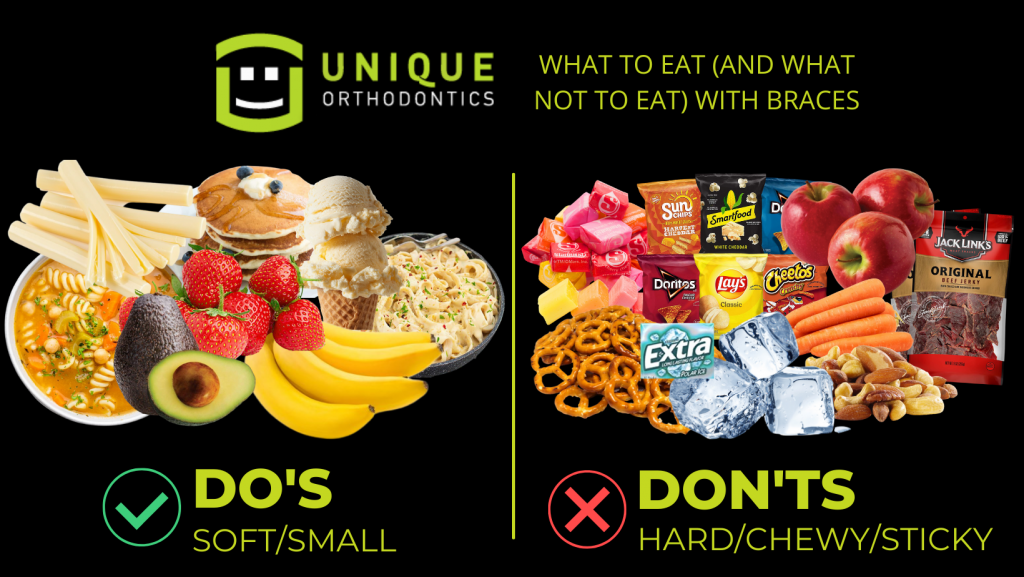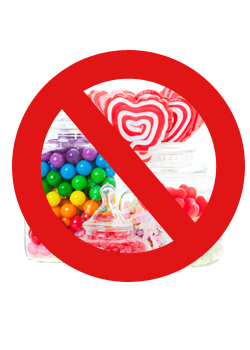
Many health foods are tasty and filling. Include them in your diet to enjoy delicious, nutrient rich meals. These foods include fruits and vegetables, legumes, nuts, seeds, beans, and legumes. They are also tasty and require minimal preparation. Apples are great because they are high in fiber and vitamins C. They also have antioxidants and other beneficial nutrients. They are easy to find in supermarkets and can easily be added to smoothies.
Prunes are a great source of nutrition and can help you maintain your digestive health. They are high in fiber and antioxidants which make them great for the body. A quarter cup of prunes is 104 calories with 12% fibre. These can be added to cereals, smoothies, or baked goods. You can also add them to sauces or hummus. This makes them a good snack to include in your daily diet. They are also very delicious and easy to find.
You can also choose from a wide range of starchy vegetables. These include carrots and sweet potatoes. These are excellent sources of fiber, energy, and vitamins. They also have a lot B and Z. They are great for your health and rich in iron as well as calcium. If you make them at-home, ensure that you compare their nutritional content with other brands.

Besides salads, you can also opt for grilled fish. There are many great fish choices, including salmon, mackerel sardines tuna, mackerel sardines and mackerel. They are loaded with omega-3 oils, which are important for signaling. They reduce the risk for heart disease, diabetes and even cancer.
Vegetables and fruits are not the only options. You can also eat beans, which are high-protein and high in dietary fibre. These foods will keep the hunger at bay and make it easier to eat less between meals. They're also a great substitute for meat, and you can get the same amount of protein without the additional fat. If you want to avoid dairy and meat, you can choose calcium-enriched alternatives, which contain 100 milligrams of calcium per 100 ml.
It is crucial to choose the right food. It is essential to eat fruits and veggies for good health. They are high in vitamins, nutrients, and fiber. It's important to choose the right kinds of fruit and vegetables to eat everyday. Remember to eat them every day as they are healthy for your body. You should eat as many as possible.
Another healthy food is yogurt. Yogurt is a healthy breakfast option that contains high levels of protein. It also contains a variety of vitamins and minerals. It's also a good source of soluble fiber, which is found in fruits, vegetables, and whole grains. It is important to mix and match different types of food to make them more appealing. Some people prefer tea, while some prefer coffee. Coffee may not be as popular than their counterparts but it has many health benefits including increasing energy and decreasing the risk for type 2 diabetes.

In addition to fruits and vegetables, people should eat more beans. Beans contain low levels of fat and are high in protein. They are also rich in fiber, magnesium and potassium. They are also rich in plant protein. They are also very affordable. They can be used as side dishes or in salads. It's important to keep in mind that too many people don’t consume enough beans.
Beans and seeds are among the most important foods to eat everyday. They contain phytonutrients and fiber as well as B vitamins. They are also very affordable. They can even help you lose weight and maintain a healthy weight. It will also allow you to eat a variety healthy foods each day. You can eat small amounts of these foods if you have the means. They are tasty and filling and are very easy to prepare.
FAQ
What are 10 healthy behaviors?
-
Get breakfast every morning.
-
Don't skip meals.
-
Maintain a balanced diet.
-
Drink lots of water.
-
Take care of yourself.
-
Get enough rest.
-
Avoid junk food.
-
Do some type of exercise daily.
-
Have fun
-
Make new friends
How to measure your body fat
A Body Fat Analyzer will give you the most accurate measurement of body fat. These devices are used to measure body fat for people who want weight loss.
How can I get enough vitamins
You can get most of the daily nutrients you need through your diet. Supplements may be necessary if you are not getting enough of a particular vitamin. You can take a multivitamin supplement that contains all the vitamins you need. You can also get individual vitamins from your local pharmacy.
Talk to your doctor to find out which foods are rich in vitamins. The best sources of vitamins K, E, and C are found in dark green leafy veggies such as spinach and broccoli, kale.
Ask your doctor for advice if you are unsure how much vitamin to take. Your medical history and current health will help you determine the best dosage.
How can my blood pressure be controlled?
It is important to first understand what high blood pressure is. Next, you will need to determine what is causing high blood pressure. You can do this by eating less salt, losing weight, or taking medication.
Exercise is also important. Walking is a great alternative if you don't have the time or energy to exercise regularly.
A gym membership is a good idea if you don't like how much exercise your doing. You will probably join a gym where you can meet other people with similar goals. It is easier to adhere to a fitness routine when someone else will be there with you.
How much should I weigh for my height and age? BMI calculator & chart
A body mass index calculator (BMI) is the best way to find out how much weight you should lose. The healthy BMI range for a healthy person is 18.5 to 24.9. To lose weight, you should aim for a loss of 10 pounds per year. Enter your height and weight to calculate your BMI.
This BMI chart will help you determine if your body is overweight or obese.
Statistics
- The Dietary Guidelines for Americans recommend keeping added sugar intake below 10% of your daily calorie intake, while the World Health Organization recommends slashing added sugars to 5% or less of your daily calories for optimal health (59Trusted (healthline.com)
- nutrients.[17]X Research sourceWhole grains to try include: 100% whole wheat pasta and bread, brown rice, whole grain oats, farro, millet, quinoa, and barley. (wikihow.com)
- This article received 11 testimonials and 86% of readers who voted found it helpful, earning it our reader-approved status. (wikihow.com)
- WHO recommends consuming less than 5% of total energy intake for additional health benefits. (who.int)
External Links
How To
What does the "vitamins” word mean?
Vitamins are organic compounds found naturally in food. Vitamins are necessary for us to absorb nutrients in the foods we consume. Vitamins cannot come from the body so food must provide them.
There are two types if vitamins: water soluble, and fat soluble. Water-soluble vitamins dissolve readily in water. These include vitamin C (thiamine), Vitamin B1 (riboflavin), Vitamin B2 (riboflavin), Vitamin B3 (niacin), Vitamin B6 (pyridoxine), Vitamin C, B1 (thiamine), Vitamin B2 (riboflavin), Vitamin B3 (niacin), and Vitamin B6 (pyridoxine). Fat-soluble vitamins are stored in the liver, fatty tissue and kidneys. These include vitamin D, E and K, as well as beta carotene.
Vitamins are classified based on their biological activity. There are eight major vitamin groups:
-
A - Essential for healthy growth and health maintenance.
-
C – essential for proper nerve function.
-
D - Essential for healthy teeth and bones.
-
E - needed for good vision and reproduction.
-
K - required for healthy muscles and nerves.
-
P – vital for building strong bones.
-
Q - Aids in digestion and absorption.
-
R - Required for red blood cell production
The recommended daily allowance (RDA), for vitamins, varies depending upon age, gender, or physical condition. RDA values are set by the U.S. Food and Drug Administration (FDA).
For adults 19 years and over, the RDA of vitamin A is 400mg per day. Pregnant women require 600 micrograms daily to support fetal development. Children ages 1-8 require 900 micrograms per day. Babies under one-year old require 700 mg per day. Between 9 and 12 years of age, however, this drops to 500 mg per day.
Children aged 1-18 years need 800 micrograms daily, while children overweight require 1000 micrograms per days. Children who are severely obese or underweight will need 1200 micrograms each day.
Children ages 4-8 years who have been diagnosed with anemia need 2200 micrograms per day of vitamin C.
Adults over 50 years of age need 2000 micrograms per day for general health. Breastfeeding or pregnant women require 3000 micrograms per daily due to higher nutrient demands.
1500 micrograms are required daily by adults over 70 because they lose approximately 10% of their muscle each decade.
Women who are pregnant and lactating need more nutrients than the RDA. Pregnant women require 4000 micrograms daily during pregnancy, and 2500 micrograms every day after birth. Breastfeeding mothers need 5000 micrograms per day when breast milk is being produced.